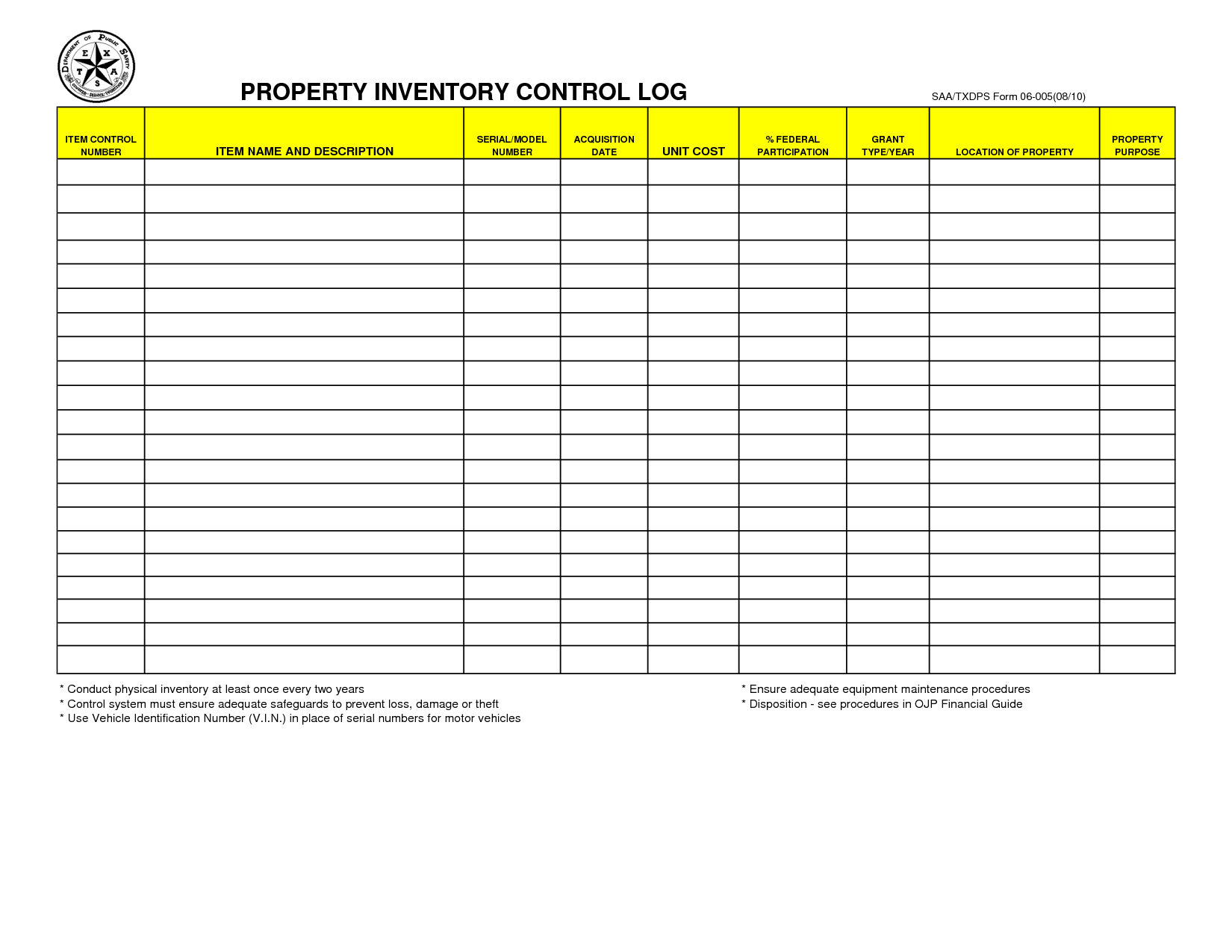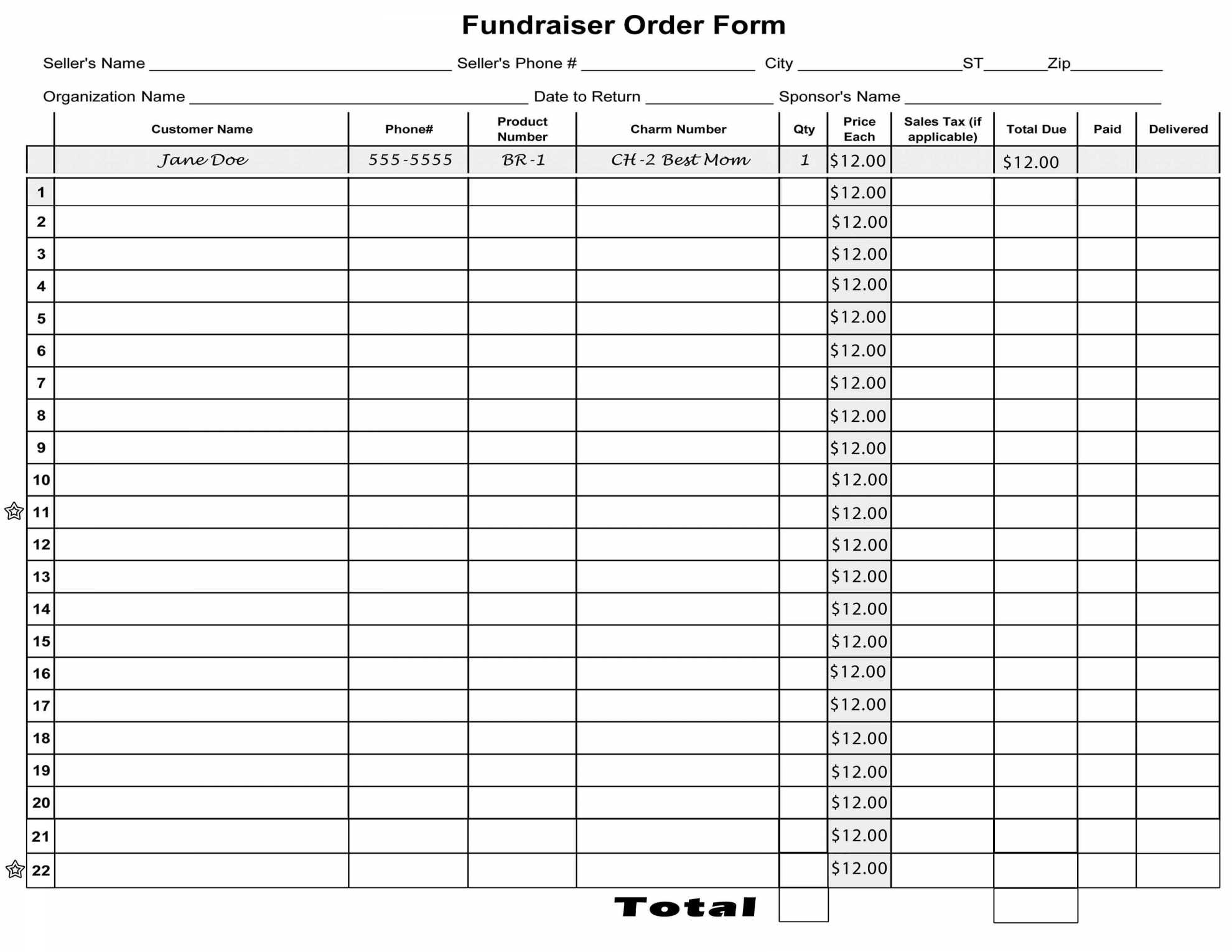
Check your inventory value at any given time to understand how much capital you have tied up in inventory.Monitor profit margins per product so that you can identify opportunities to renegotiate with your suppliers.Identify your top selling items so you can prioritize keeping them well stocked.Here are a few of the insights that you can expect to derive from your point of sale system’s reporting capabilities: With this information, you’ll be able to make more informed decisions that help you shape your overall business strategy. These reports will cover everything from sales volume by product, profit margin analysis, inventory turnover rate and much more. One of the main reasons to use a POS, especially from an inventory management perspective, is the variety of reports you’ll have at your disposal. You can easily query your system to see how much you have of a product on-hand, and there are typically detailed inventory reports that you can use to better understand what’s going on in your business.

When you sell a product, your stock levels are automatically updated. With a POS system, outside of creating your product catalog (typically done once during initial setup) and receiving new stock, inventory management is an automated process. Plus, with so many moving parts, you increase the likelihood of errors, which can throw off all of your inventory data. If you try to manage it all with a spreadsheet or pencil and paper, it’s highly likely that the task will start to feel like a burden that you want to skip at the end of a busy day. This is the case because of the quantity of data and the rate at which inventory turns over within most retail businesses. Inventory management is a lot simpler when you use POS software. You can then enter the rest of the shipment into your system.īecause receiving an order accurately is such an important part of inventory management, you may want to handle this part of the business yourself, or rely on a trusted senior employee.

That being said, here’s some of the data you’ll want to input for each product: Typically, this data would be entered into a point of sale (POS) system, but it’s also possible (but very tedious) to track this data with spreadsheets. By starting with rich, accurate product data, you’ll avoid errors down the line and have an easier time investigating any issues you might uncover. Successful inventory management is a direct result of strong data analysis. The first step in staying on top of your inventory is to organize your items with as much data and product information as possible. If you sell perishable goods, it can help you avoid spoilage.



 0 kommentar(er)
0 kommentar(er)
